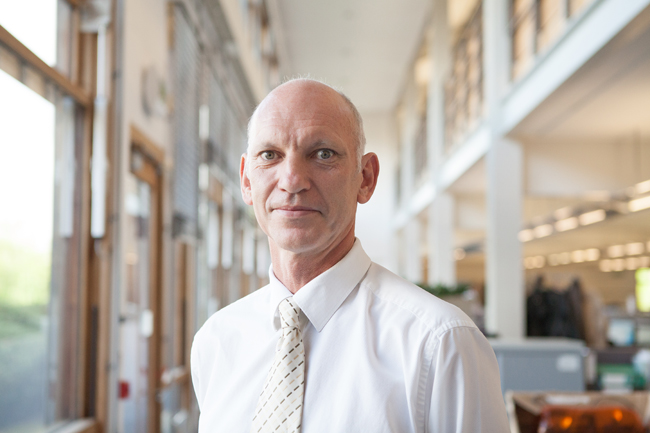
Belarus is part of the Commonwealth of Independent States (CIS), a regional governmental organisation of 10 ex-Soviet bloc countries. The CIS includes Russia as well as Turkmenistan which is an associate member. Some countries, including Georgia, were part of the CIS but have left the organisation.
Regardless, opportunities exist. Arup, which has an office in Moscow, has been working in the five five 'stans of Central Asia (Turkmenistan, Uzbekistan, Tajikistan, Kyrgyzstan and Kazakhstan) since 1993 - and Pakistan since 1951. Arup also maintains contacts in other CIS countries where it has no permanent office. The company can boast that it has, over the years, notched up around 1,700 successful projects.
Designers need to be registered and this varies among CIS member states. For example, in Kazakhstan there are three levels of expertise for which designers can be registered. Contractors need to be registered for the specific element of construction they will be undertaking.
What CIS countries have in common is their Soviet-era split planning approval and permitting process. Some countries, however, are looking to adopt either their own systems or use some of the systems and standards of other countries.
The permitting system used most commonly throughout the CIS is called the TEO - technical and economic justification system. The TEO covers design, costs for construction, operation and maintenance, any correspondence with affected parties such as rail or utility providers, and an production of an Environmental Impact Assessment (EIA) undertaken to local standards. Within the TEO there are three permitting stages - feasibility, architectural and construction.
Whatever the issues may be with the TEO, it has the advantage of universality throughout the CIS. Once a company becomes acquainted with the system, employees can use their knowledge in any CIS country.
A word of caution, however. The TEO is often translated into English as “feasibility study”. As such, any reference in a contract to creating or updating a ‘feasibility study’ needs to be carefully reviewed.
One example of this is in the conversion of a highway project for which a TEO has been produced, assuming a traditional remeasure procurement method, into a public-private partnership (PPP). If an international finance institution such as the European Bank for Reconstruction and Development (EBRD) or the World Bank’s International Finance Corporation (IFC), is considering the project as a potential PPP, the institution’s contract may stipulate: “undertake a feasibility study”.
Most consultants would assume this to mean that they should do a feasibility study of how the project would work as a PPP. But a translation of the contract for a client may be “undertake a TEO”. As such, the local client may expect a full TEO to be produced or the existing TEO to be updated. All parties should, therefore, be aware that the translated terms could have a different meaning than the finance institution intended and what the consultant has priced to undertake.
The cost side of a TEO needs to be developed as a “cMeTa” (estimate) based on a specific procedure developed in the Soviet period and uses prevailing government construction indices. This is a very specialised task and cannot be taken lightly. In Belarus, for example, the estimate goes to the detail of the length of reinforcement tie wire required.
The TEO contains an environmental assessment impact study and can be very thorough, although they are seldom completed to the requirements of the financial institution. As such, additional studies or consultations are likely to be needed. The time required for these additional consultations should be factored into the procurement programme such that by the time the preferred bidder is announced the ESIA (environmental social impact study), RAP (request for alternative procurement), SEP (safety equipment procurement) only require contractor specific data to be included to make them sufficiently complete for the financial institution’s required disclosure.
As with any project, local knowledge is paramount to success. Working in the CIS is, in many ways, no different from working anywhere else in the world. A company needs to be aware of local practices, tax and payment requirements and permitting systems. Arup is proud to have been involved with many completed projects and involved in many more that are planned and ongoing.





